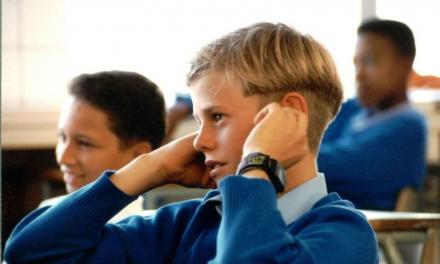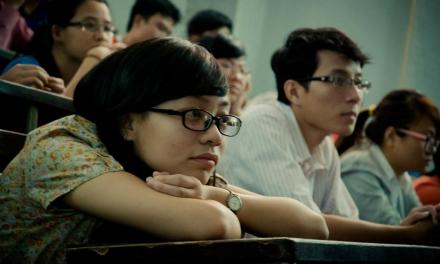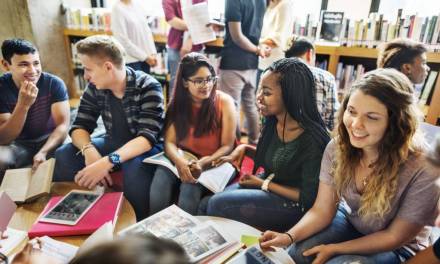For most of us, the first day in a new school was so long ago we have almost entirely forgotten the anxiety and fear of taking the leap from primary to secondary.
As each summer term draws to a close, we must try to sympathise with the children experiencing a whirlwind of emotions in order to support and guide the transition of taking the next step in their lives.
In Year 6 classrooms nationwide there is anticipation in the air at the end of the school year. SATs are over, plays are being rehearsed and most of the pupils are almost entirely focussed on the end of school party or trip.
There is a feeling for many of the children of being a big fish in an increasingly small pond; they have outgrown their time in primary school and are ready for new adventures. However, even amongst the excitement of what lies ahead, it’s hard to escape the nerves felt by the children and their families.
For the past eight out of eleven years of their lives, these children have stayed in one room, with one teacher and one group of classmates. Parents or carers have most likely dropped them off promptly at the school gates at 8:45am and been waiting for them again at 3:15pm, they may have even been there during school trips or PTA events.
For many of the children transitioning from primary to secondary, the thought of this new found independence is daunting. They wonder how they will find the right classroom at the right time, where they will sit at dinner time, how they will ever remember the names of all the new teachers and classmates they are about to encounter.
How do teachers in both schools manage to calm these nerves? By inviting the children to visit their new school as frequently as possible before the end of their primary term, questions can be answered and the new pupils can begin to understand the layout and environment.
Sometimes it could even help for Year 6 children to speak to past pupils from their primary school who made the transition to their new school the year before, in order to give a real understanding of what to expect. KS2 and KS3 liaisons are crucial, and the more the primary teachers can share with the secondary team the better.
Academic and pastoral information are both equally important in helping understand the pupils and ensuring that they are receiving the support they need, whether that be ensuring they are kept in specific friendship groups or challenging them with a higher Maths set.
Most importantly, let’s not forget that we have all been in their shoes. It is far too easy to forget the fears of that first day in secondary school and the months leading up to it. As teachers or parents we must be sure to never underestimate the anxieties the children are facing, but also be careful to encourage the increasing independence they will be forced to tackle head on in secondary school.









